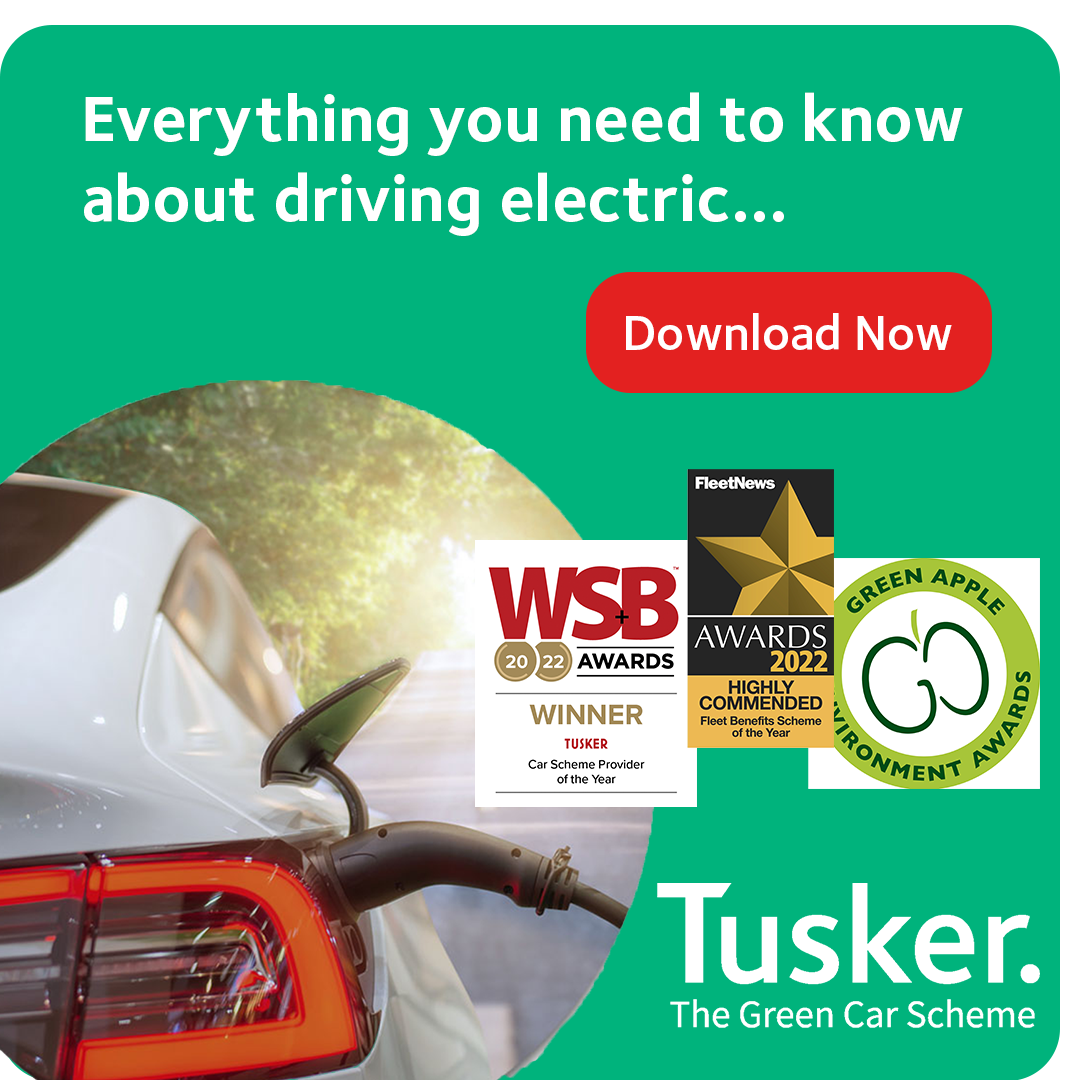While electric or hybrid vehicles were once seen as a daring choice for drivers, and even a possible fad, today with EV sales increasing by 40% in the last year alone, it’s clear that electric cars are here to stay. From plug-in hybrids to pure battery electric vehicles, in line with the Government’s ban on internal combustion vehicles just seven years away, we’ll all be plugging in to the electromobility revolution sooner or later.Some people have worried that changing to an EV from a petrol or diesel car would be require a big change in driving habits, but in fact, if you’re a mobile phone user (and aren’t we all these days?) there’s good news! Because the same battery technology that powers your mobile phone also powers electric and hybrid cars, so with the right phone-charging habits already in place, charging an electric-powered car will also be a breeze.
Here are three habits that we have all picked up from mobile phone charging that you can apply directly to a plug-in hybrid or electric car.
1.Plugging in overnight and on the go
This will be a familiar routine for everyone. Go to bed and plug in your phone so that when you wake up in the morning, you have a full battery ready for the day ahead. Now replace the word ‘phone’ with ‘car’ and you can see how easy it is to build this new habit into your routine. As an added bonus, charging overnight can mean that you access the cheaper overnight tariffs from some electricity providers, which will save you money while you charge.
Even if you don’t have a home charge point, you can take advantage of public charging locations. Some of these are even better than charging at home because they offer you free electricity. That’s right – all you need to do is to park at one of these funded charge points, plug your car in and come back to a car that is fully topped up, entirely for free!
2. Finding places to fill up
Despite the fact that petrol and diesel car drivers need to fill up with – and can easily run out of – fuel, there’s unwarranted panic about EV drivers being able to charge their cars. The rapid and ongoing expansion of the UK’s charging network means there are now two charging points for every one petrol station in the UK. This means that it is twice as easy to charge your car than it is to fill up.
In the same way that you know where your local petrol station is, you can quickly find all your local charging points either online via websites such as zap-map.com, or via mobile phone apps, so you’ can make sure you are never far from a charging point. On longer journeys, it’s as easy as planning a charging stop into your journey in place of a petrol or service station break. You can use Google maps, your car’s satnav or the same apps to direct you to these chargers while en route.
3. Extending battery life
Mobile phone batteries that are treated well will last longer than those that are put through their paces. The same is true of car batteries. If you drive your vehicle sensibly, rather than aggressively, you’ll easily get much more range from your full battery charge. If you look after your car battery in the same way that you look after your phone battery by not always charging it to full, and letting it run down to 20% or less every now and again, it will keep it in great condition. Either way, the average battery electric vehicle retains 90% of its initial capacity after 6 years and 6 months of service.
Research has shown that exposure to heat and the regular use of rapid chargers degrades Li-ion batteries more than age and actual use. Of course, rapid charging will be necessary on occasion, like for motorway journeys. But by using slower chargers and filling the battery to around 80% instead of keeping it fully topped up, your battery will treat you well. Although, with a Tusker car, battery life will never be a problem because you’ll get a brand new car at the end of your three-to-four-year agreement.
So, in conclusion, with decades of mobile phone charging experience behind you, you’re all set to transfer your existing knowledge to car batteries. As the vast majority of EV drivers find, once you’ve made the change, you won’t be able to imagine life without your electric car.
Want to know more about driving an electric or plug-in hybrid car from people who’ve made the change? Take a look at these articles:
- Everything you need to know about EV Salary Sacrifice Schemes
- What it’s really like to drive a plug-in hybrid
Take a look at our popular cars

